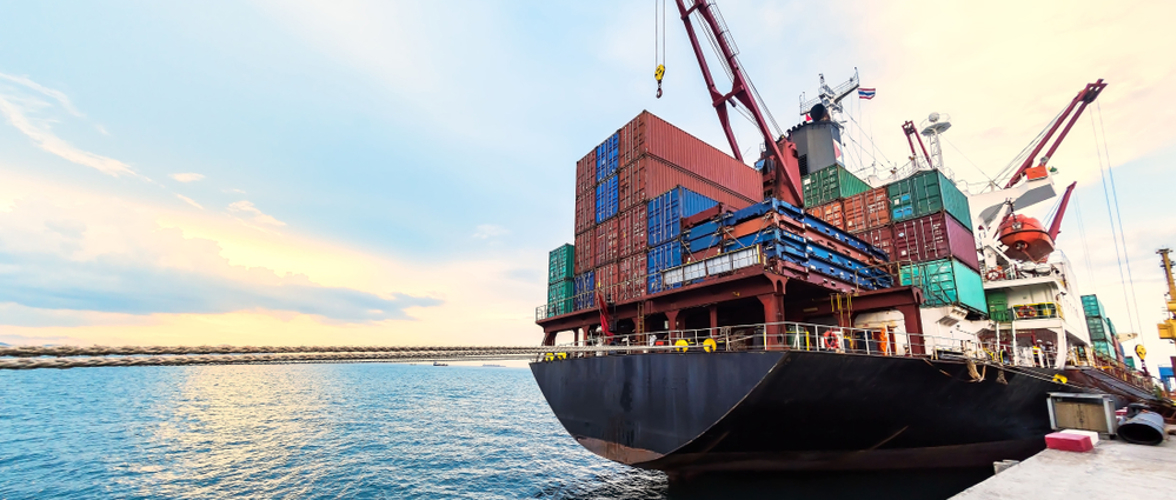The COVID-19 pandemic has accelerated the expansion of Australia’s Liquor Retailing industry. The national lockdown in March 2020 led to the closure of pubs, bars and other licensed establishments, forcing consumers to purchase drinks through retail channels. Most states and territories began reopening in June 2020. However, continued capacity limits, travel restrictions, greater risk averseness, as well as the prolonged lockdown in Victoria boosted retail liquor sales further in 2020-21.
Entering lockdown
In contrast to hospitality businesses, liquor retailers have been deemed an essential service throughout the COVID-19 pandemic. However, uncertainty at the beginning of the lockdown saw panicked consumers stockpile a range of food and beverage products, including alcohol. Consequently, according to the Australian Bureau of Statistics, national liquor sales in March 2020 were 32% higher than in March 2019. Further consequences of lockdown conditions are evident from the performance of the industry in Victoria between August and October 2020. In August, while other states were continuing to ease restrictions, Victoria re-entered Stage 4 lockdown and did not exit this stage until the end of October. Liquor retail revenue in Victoria during this three-month period was 42% higher compared with the same period in 2019, whereas sales across the rest of the country were up a combined 28%.
Pre-pandemic
Overall, revenue for the Liquor Retailing industry is expected to grow at an annualised 4.5% over the five years through 2020-21, to total $15.4 billion. This trend represents a turnaround of sorts for the industry, which had seen growth moderate over the three years prior to the COVID-19 pandemic. Falling per capita alcohol consumption had constrained growth in the industry. Rising health consciousness had also seen a greater number of Australian consumers cut back on their alcohol intake or abstain from it entirely.
- Industry revenue grew 10.6% in 2019-20 and is expected to grow a further 11.7% in 2020-21.
- Prior to the COVID-19 pandemic, industry revenue was only expected to grow at an average 0.8% a year, to total $12.8 billion.

Profit booster
As well as lockdown restrictions providing a revenue booster over the past two years, liquor retailers’ profit margins have also risen following the outbreak of COVID-19. Specifically, increased stock turnover and greater sales of higher priced sprits and craft beers have supported profitability. Pandemic restrictions have redirected sales of these products from hospitality venues, craft breweries and distilleries to retailers. Average profit margins are expected to account for 5.5% of industry revenue in 2020-21. This result is a significant increase from 4.6% in 2015-16.
Major players
Supermarket giants, Woolworths and Coles, are the two largest players in the industry. Both these companies are expected to expand their share of industry revenue in 2020-21, to account for 45.6% and 18.0% of industry revenue respectively. Since the start of the pandemic, both these companies have expanded their offerings especially from local, craft manufacturers hit hard by government restrictions. Woolworths and Coles are the largest online liquor retailers in Australia and they have continued to outperform their competition on this front. Online sales have been an important channel for the industry (as with the retail sector in general) during the COVID-19 pandemic, as consumers cut back on in-person shopping for health reasons. Woolworths announced growth of approximately 28% in online sales in 2019-20, while Coles posted a 40% rise, although from a lower base.
Return to normal
However, due to the artificial nature of most of the industry’s revenue growth over the past two years, revenue in the Liquor Retailing industry is expected to revert back towards pre-pandemic levels over the next five years. Providing there are no new waves of the virus, restrictions on hospitality venues are anticipated to continue gradually easing. Industry revenue is forecast to fall in 2021-22 and 2022-23, before returning to growth. However, falling per capita alcohol consumption is projected to constrain revenue growth over the period.
Industry and company reports mentioned in this release:






